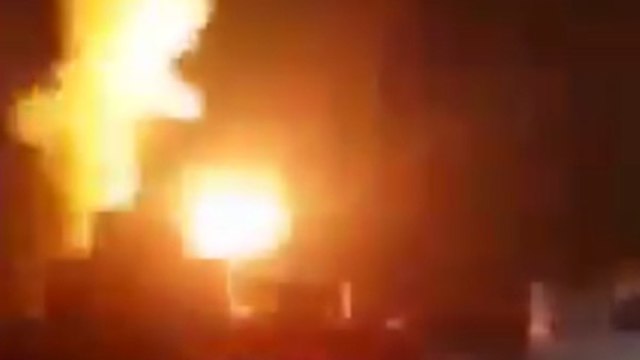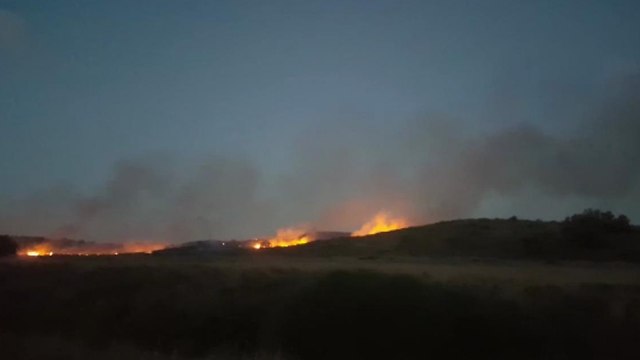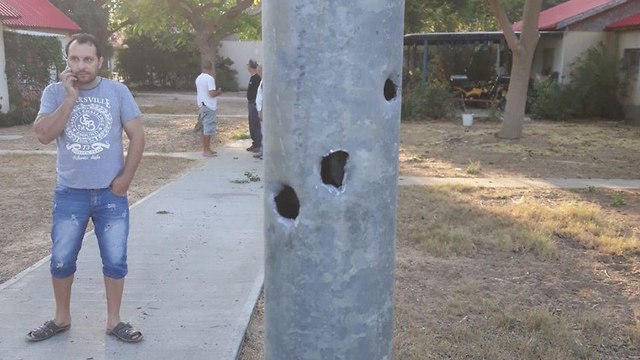
Hamas’ new equation: Rockets in response to every IDF strike
Analysis: Operating under the perception that Israel isn’t interested in a war in Gaza, the terror organization has adopted an unprecedented new policy of attacking Gaza border communities with rockets during or immediately after any IAF strike on its targets in the strip; Israeli officials believe Hamas’ desire to change the rules of the game is also driven by frustration in light of its failures in recent months.
According to this policy, which wasn’t even adopted in the years before Operation Protective Edge, Hamas attacks the Gaza vicinity communities with rockets during or immediately after any Israel Air Force strike on its targets in the strip.
Hamas operatives began firing rockets on Tuesday night after the IAF bombed a Hamas military facility in Rafah in response to incendiary kites dispatched from the strip, which sparked major fires in Gaza vicinity fields. The operatives thereby proved that a similar incident earlier this week, in which three rockets were fired at Israel, was intentional rather than random.
The targets attacked by Israel on Tuesday night included Hamas posts, warehouses, offices and an underground training facility for the organization’s operatives.
Defense establishment officials believe that Hamas is operating under the perception that Israel isn’t interested in a war in the south right now, four years after Operation Protective Edge. As a result, the organization is allowing itself to adopt what it considers an unprecedented and bold retaliation policy.
Nevertheless, the Hamas rocket fire is still limited to the Gaza vicinity areas and is only carried out at night. Israeli officials believe that Hamas’ desire to change the rules of the game is driven by its frustration in light of its failures in recent months and the measured exacerbation of the Israeli policy against the incendiary kites.
About two weeks ago, the IAF started firing warning shots among kite flyers. In the past few days, it begun attacking empty vehicles of senior members of Hamas’ kite unit, kite-flying infrastructures, and finally Hamas targets as well.
The organization is also frustrated by the fact that the border with Israel wasn’t breached as planned since the beginning of the fence protests in late March, while more than 165 Palestinians—mostly Hamas operatives, according to the IDF—were killed in the clashes and some 100 targets in the strip were attacked by the IAF, affecting the organization’s military power.
Israel has been conveying indirect messages to Hamas that its perception concerning the Israeli policy is wrong, and that the IDF will step up its attacks even at the cost of a deterioration if the current situation continues, despite the political echelon’s desire “not to stop playing by the rules” vis-à-vis Gaza.
“At this time, there is more pressure from Tel Aviv and Jerusalem residents concerning the fires caused by the incendiary kites than from Gaza vicinity residents,” a security source told Ynet on Tuesday. “We are making a lot of progress in the technological efforts to find a solution to the kite phenomenon, but even in the future there will be no hermetic solution.
“Ministers’ statements that kite flyers must be attacked directly are intended primarily for public opinion purposes and have nothing to do with security. As far as Hamas is concerned, the use of the kite phenomenon is a win-win situation to raise awareness to their issue in the global public opinion.”













